Kimberly Harding
My name is Kimberly Harding and I live with Intractable Epilepsy. I was formally diagnosed in February 2001, after hitting my head while snowboarding without a helmet. In those early months and years spent on Dilantin and Depakote, filled with ambulance rides and broken bones, I had over 200 seizures. My neurologist tried many anti-convulsants and I was hospitalized many times. As it turns out, in investigating my history with my epilepsy treatment team, I had some form of epilepsy my entire life. I had been having partial seizures, like an Alice in Wonderland type as a child, but never said anything and they continued into adulthood. I always thought it was just stress, or heat, so again, I brushed it off. When I hit my head on the ice, it was as though a switch in my brain was flipped, and I began to have generalized tonic- clonic seizures. My diagnosis left me depressed, and discouraged. I shut my friends and family out and was afraid and anxious all of the time. It has taken time and treatment, both with a Vagus Nerve Stimulator which is implanted just under my left clavicle bone with a fiber optics cord that connects to my Vagal Nerve. The VNS sends small amounts of electrical charges to the Vagus Nerve to reduce and assist in controlling the severity of occurring seizures. It has made me the Bionic Woman! I still have seizures unfortunately, but fewer than before. Throughout this journey, I have always equated that having epilepsy is like having a drunk uncle. You know he’s there and he will probably show up at the most inopportune times, be it your kid’s soccer game or a board meeting at work. Sometimes you just have to roll with it and understand that things are what they are and find humor in the discord. Here are a few other things I have learned so far:
I have learned that there is truly power in positivity.
Having dealt with depression before, I knew that the mind is a tremendously powerful thing. I knew that I had two choices: I could either lament how I was not able to drive and how sometimes my brain would declare war and leave me incapacitated and broken; or I could look at the bright side and celebrate the fact that my body was still strong, and that I had a family who loved and took care of me and an incredible neurologist. Instead of dwelling on the difficulty, I decided to embrace the struggle. I mean what are we meant to do in the dark if not to shine so others can see?
I have learned how to ask for help.
This is a big one for me. I was raised an only child by parents who wanted nothing more than for me to be an independent and capable woman. I was willfully stubborn and insisted on doing things myself and then I began to have seizures. I needed help because I could no longer drive. I needed reminders to take medication. I felt weak and my ego was bruised. It took sometime before a dear friend told me that by not asking for help I was denying his chance to serve another. I was completely caught off guard. I now understand that came from a place of wanting to be seen a certain way, not from seeing myself as I am. Asking for help is not only smart, but it reveals strength.
Seizures teach you the importance of getting back up after you fall down. The one thing seizures do is knock you down. Mine have also fractured my bones, given me black eyes and more bruises than I care to recall. One of my daughter’s favorite quotes always rings true, “Life isn’t about avoiding the bruises. It’s about collecting the scars to prove we showed up.” So no matter what, or how bad, I learned to get up. (with help sometimes)
Even on bad days, being grateful helps!
I have learned that gratitude will always make life more joyful. I learned this unfortunately, on accident. I was feeling sorry for myself in the early days of my diagnosis during a VEEG, when I met a mother whose child had over 100 seizures a day. I felt ashamed that my bad day was better than this woman’s good day. I realized it applies to everything in life and to be more grateful each day, even for the drunk uncle.

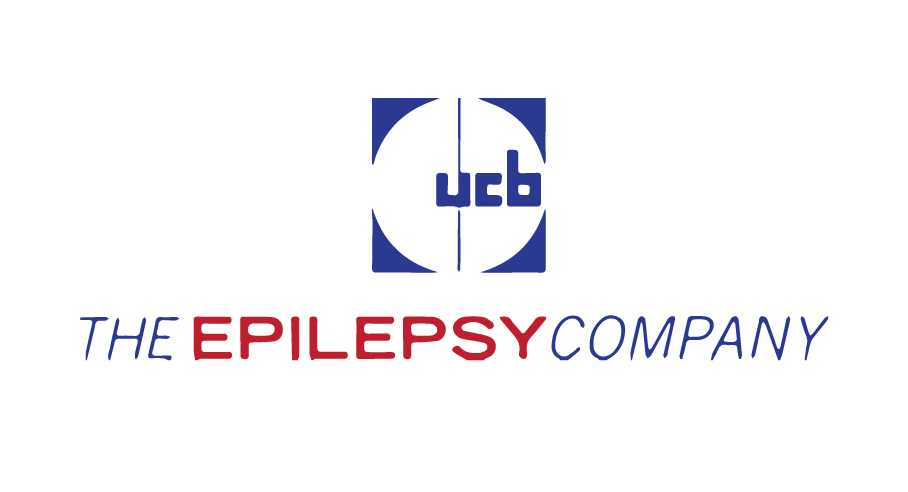



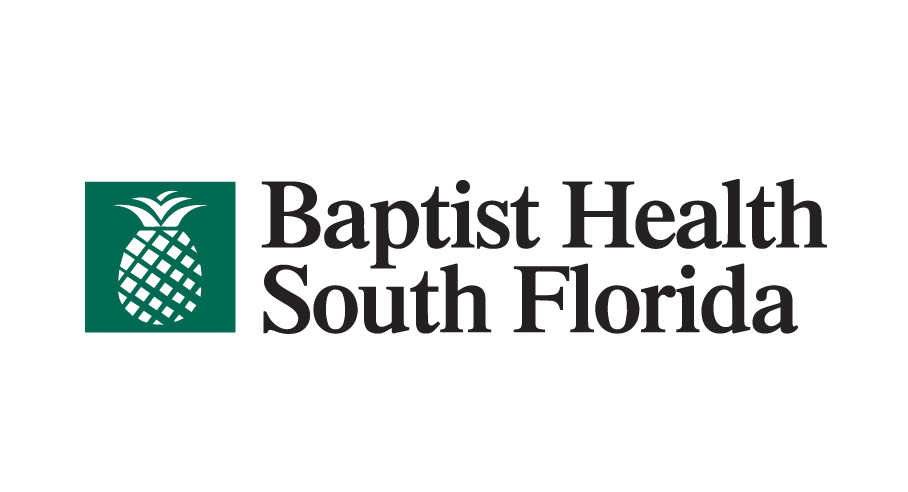


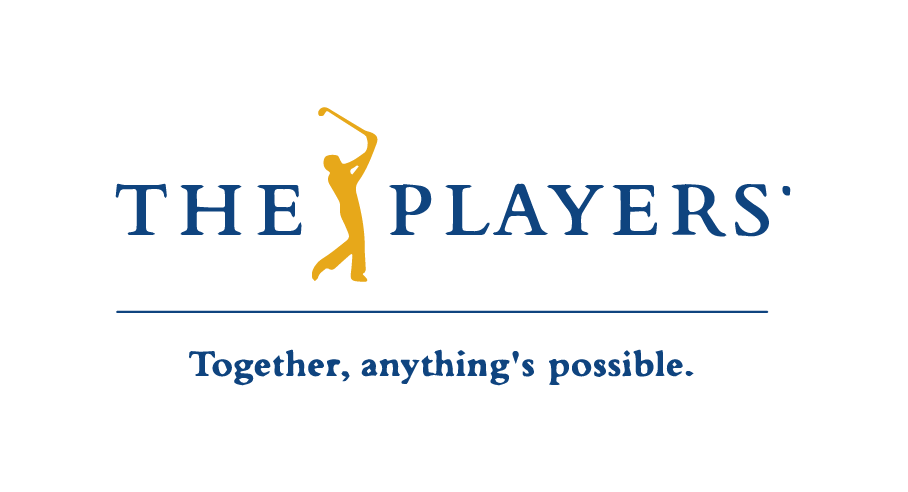




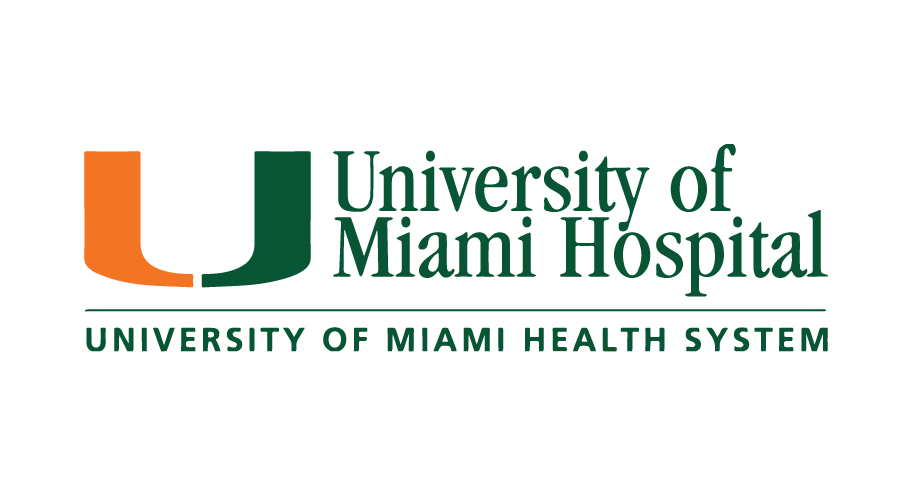







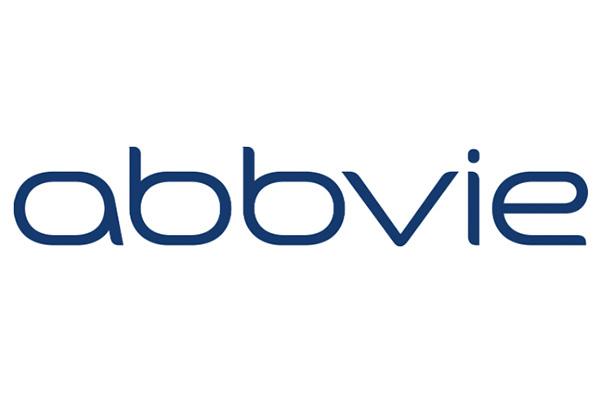








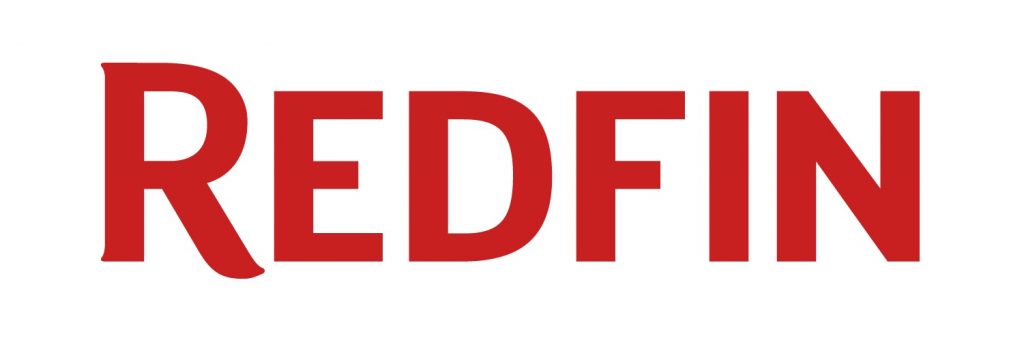





































Post a comment